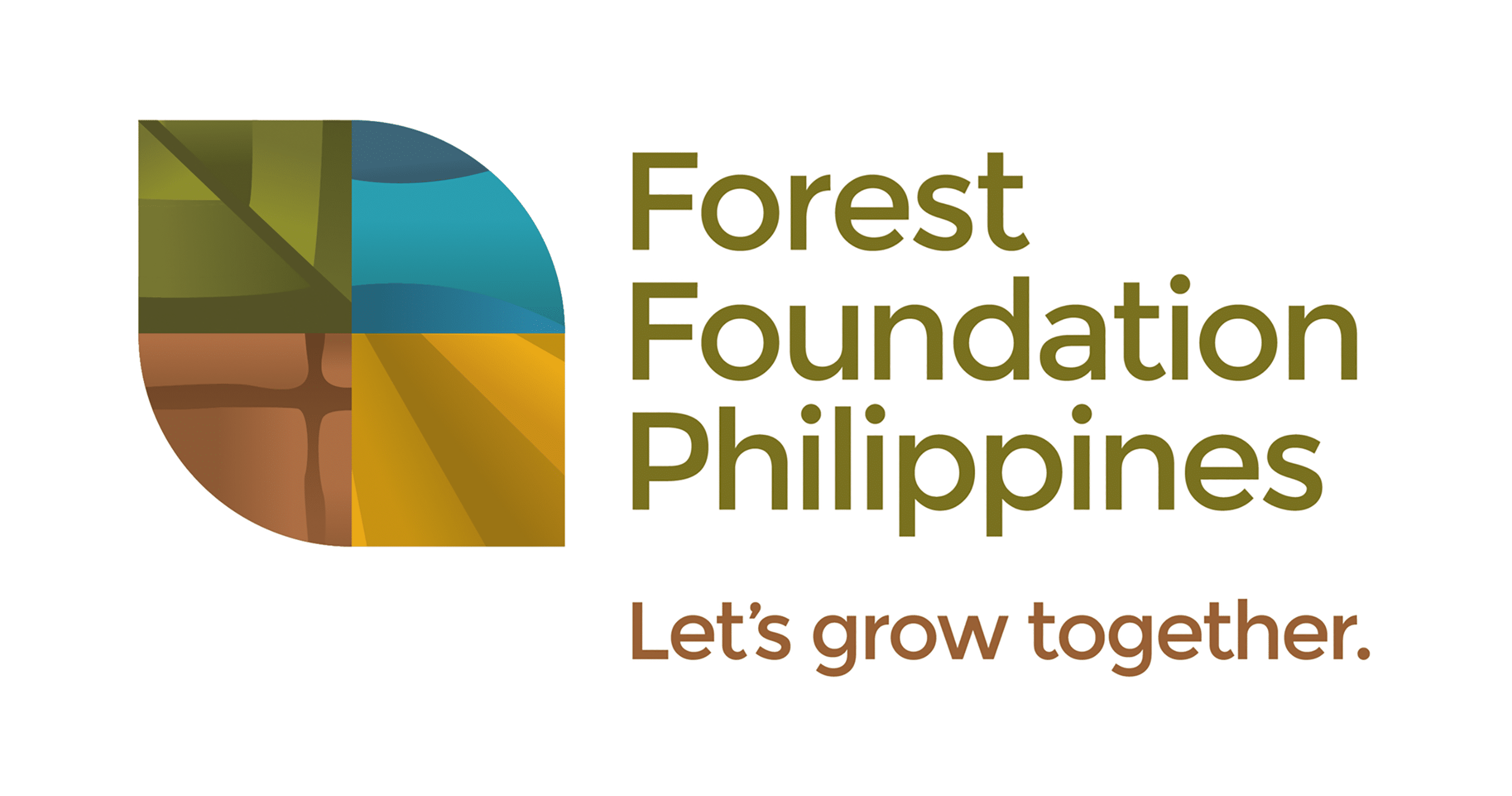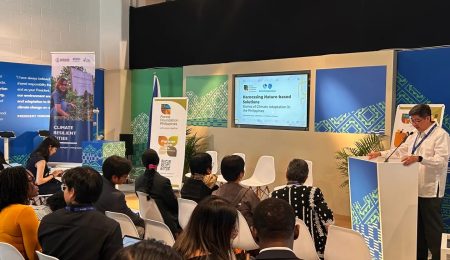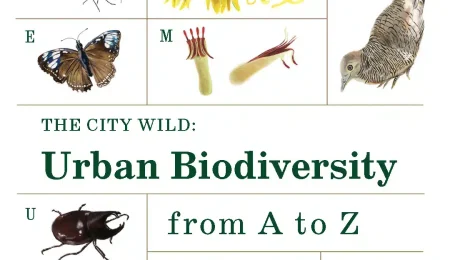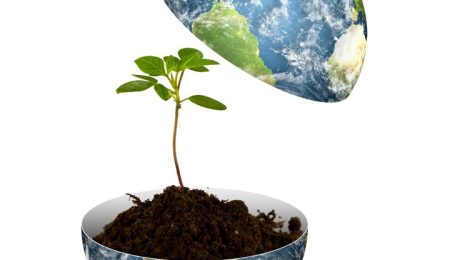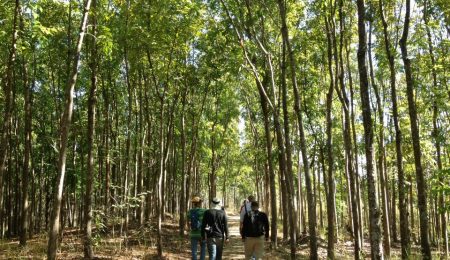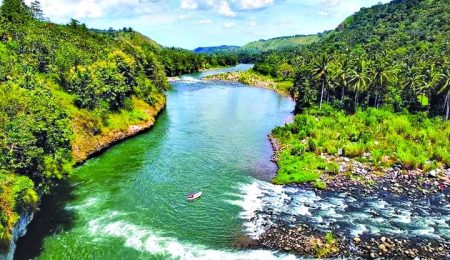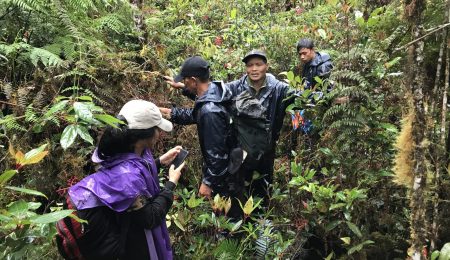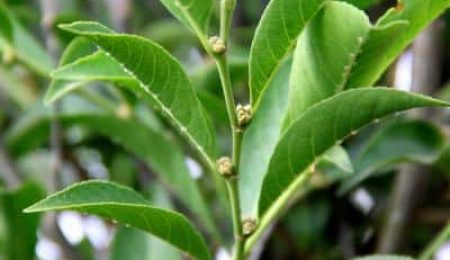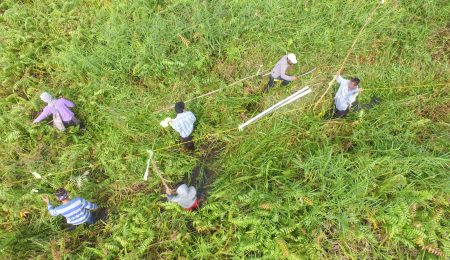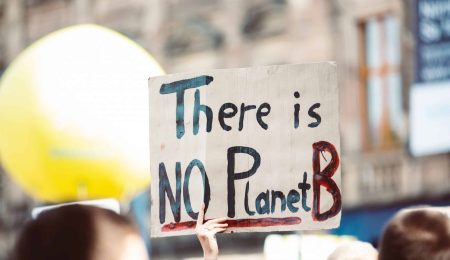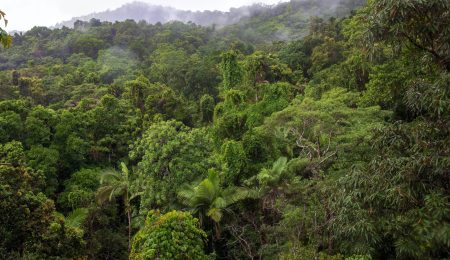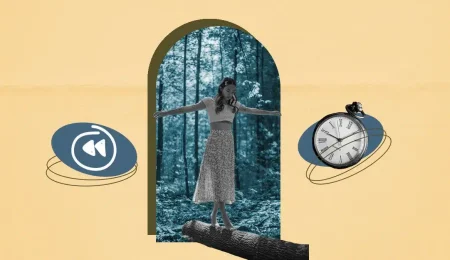This article is one of the winning works chosen from Youth as Keepers of the Forest, a writing workshop conducted in partnership with Edukasyon.ph for university students in Bukidnon.
It was a Saturday morning. I woke up to the sound of clinking dishes and cooking pots–a familiar sound I would hear every time my family prepared food for a Saturday picnic at Maapag River. Excitement and fun filled the air as we ran and sang our way to Linao, the popular swimming area of the river. The water was cool and refreshing. You could see bliss and innocence on my face. I was a young, carefree boy enjoying the waters of his homeland of Bukidnon. My mother was busy preparing rice, sweet potato, banana, and other food while my father fished for some carpa and puyo, common fishes in our area. Then at 1 p.m, I took our carabaos for their afternoon dip and even rode on their backs towards the river. Water splashing around, what a great feeling! It was my favorite day of the week.
It is, again, a Saturday morning. I wake up to the sounds of kids shouting and arguing about a mobile game. This is an unfamiliar sound. It is now a decade and a half later. The calming and refreshing waters of Maapag River have slowly but surely degenerated. No sight of bare kids jumping from the low cliffs surrounding the river. The water has become murky and heavily polluted. The horrors of solid waste mismanagement and industrialization have caught up with the beauty of Maapag River. There are less local fishes and an abundance of invasive “janitor” fish, which have now become the usual sight for residents fishing along the river.
Now comes the big question: why has this happened? Poverty, disinformation, and laziness are some of the common reasons given when talking about the problem of water pollution in my barangay. Poverty, for one, makes people feel hopeless and helpless. Many families can’t afford to build their own comfort rooms and garbage bins, so the river becomes a convenient place for disposing waste. There may be information drives by purok leaders, created to address the problems of solid waste, but because people are not properly educated or have no time to attend these kinds of activities, they still end up dumping their waste straight into the river.
Laziness, the root of all bad things (at least for me), is what keeps the people around Maapag River unadaptive and unchanged. The barangay is now imposing a “no burning of waste policy” with fines for those who will not follow, but I can still see a lot of people burning garden waste in the late afternoons. Maybe they are too lazy to follow the regulations and find burning a faster way of getting rid of trash, but they also have no idea what the impact burning waste has on the environment. As they say, if you abuse and mismanage natural resources like our rivers, we end up painting a grim future. And indeed, we have, and now, we are wading through the darkness and the horrid effects of our own doing. This should be a wake-up call for us to come to our senses and do something about water pollution. Maapag River is one of the many tributaries of Pulangui River (Rio Grande de Mindanao), supplying water to nearby agricultural lands and fueling the livelihood of fisherfolk living around it. To put into words how important protecting our rivers and water sources are is almost impossible, as they are vital to our survival. We can survive for a week or so without food, but we can only last for three days without water. On that fact alone, we should do more than our best to stop throwing our garbage in the river, overfishing or using wrong fishing practices, slashing and burning the forest area surrounding the river, and disposing industrial debris directly into the river basin.
Now comes the even bigger question: what has been done? There have been a number of efforts, but only a few have actually created an impact on the degenerating condition of the river. As of the moment, people in Maapag and nearby barangays are more supportive of the 3R’s campaign, which stands for Reduce, Reuse and Recycle. We are more observant of the way we segregate our waste and, most importantly, of where we should dispose of them. That’s a decent step towards a cleaner Maapag River, but that took a lot of information caravans and meetings, to implement something that should have been implemented years ago. Less garbage is now seen floating on the river. The barangay officials are pushing for small reforestation projects in the area, with the idea of planting fruit trees along the areas that have been previously cleared by people looking for wood for fuel and other purposes. Residents who have been observed to fish regularly from the river have been warned of the negative effects of using pesticides and poisonous substances, and they have been discouraged to continue with other illegal fishing practices. Honestly, the river is still very much polluted and damaged, but it gives us hope to know that people in the area are slowly becoming more mindful of the things that they do with respect to their environment, specifically Maapag River.
If these efforts continue, together with the natural assimilative capacity of the environment, it is not impossible to once again see and experience what I had enjoyed and cherished before. May this be a spark of light at the end of this pitch black tunnel–a flame of rationality and genuine concern not just for other people but also for our environment. I will watch Maapag River from a distance and will whisper a wish that someday I, along with the children of the future, will experience that cherry-sweet splash of bliss and contentment all over again.
About the Author:
Brian Rey is an Environmental Science major at Central Mindanao University. He was a writer before, but he lost the drive to continue writing. With this writing workshop, it might just be his stepping stone back to the realm of not just mere writing, but storytelling!
Disclaimer:
The views and opinions expressed in this article are those of the author and do not necessarily reflect the official policy or position of the Forest Foundation Philippines. Furthermore, the Foundation assumes no liability or responsibility for any inaccurate or incomplete information presented in this article.
